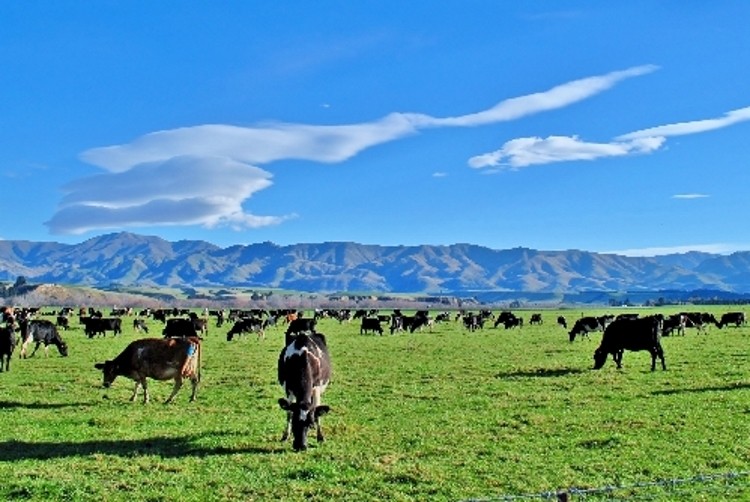DairyNZ welcomes vocational centres announcement

The primary sector has been named the first centre of excellence for vocational education, to drive innovation and strengthen links between education providers and industry, Education Minister Chris Hipkins announced earlier this week.
The centre will be a prototype and is part of the wider reform of vocational education announced this month to address what the government said is a mismatch between training provided and the needs of employers.
It is a response to a serious skills shortage across the sector and the technological changes happening across the primary industries. The centre will be positioned at the forefront of research and lead technological innovations in the primary industries.
“Establishing a Primary Sector Centre of Vocational Excellence is another sign of the Coalition Government’s commitment to the primary sector and to raising the status of vocational education,” Hipkins said.
“For too long, vocational education has been starved of attention and resources and yet we know there are huge skills shortages and great, skilled jobs to be had in the strategically important primary industry. National dropped the ball, but we are changing that.
“The centre will be formed of a consortium that includes education and industry experts and researchers, and will drive innovation and excellence in vocational teaching and learning within the primary sector. It will be hosted by a regional campus of the New Zealand Institute of Skills and Technology, or by a wānanga.”
A wānanga is a publicly-owned tertiary institution providing education in a Māori cultural context.
Three centres
Functions for the centre could include: sharing high-quality curriculum and program design; sharing applied research with employers and providers; sharing learning technologies with providers of vocational education to minimize cost and duplication; providing training support for employers; strengthening pathways into vocational education, including from school; and other functions as deemed necessary by the centre.
“I plan to seek proposals before the end of the year to establish where in the vocational educational national network the centre would be located and what functions it will include,” Hipkins said.
“The Government expects to work with the primary sector’s Skills Leaders Working Group and other industry leaders, to move quickly to form proposals for the centre. The sector has signaled a strong need to rebuild and reshape its training institutions following a decline in recent years.”
Cabinet has agreed funding of NZ$18m (US$11.5m) over four years to establish three prototype centres.
Agriculture Minister Damien O’Connor said he’s delighted the first prototype will be for the primary industries.
“I see the centre as a great opportunity to make a difference to the quality of teaching and learning, and ensure that people working in the primary industries have the skills they need now and in the future,” O’Connor said.
Hipkins said centres of vocational excellence for other areas of specialist expertise are being considered, and will be announced shortly.
DairyNZ comments
DairyNZ strategy and investment leader Dr Jenny Jago said it is critical for the primary sector’s future to attract, train and retain skilled people in the sector.
“There are many rewarding opportunities in the dairy sector. A consistent message we hear from our farmers is that they struggle to find staff with the right skills,” Jago said.
“The centre is a core part of the government’s current reform of vocational education and this announcement indicates the importance of the primary sector and the wealth of career opportunities it offers.
“We are excited by the collaborative model the centre will operate under. It will allow education providers and the primary sector to work together to develop and deliver training which meets the needs of farmers and the wider sector.”
Jago says DairyNZ has been working with other primary sector organizations to share the sector’s needs as a whole with government, and the announcement reflects the work undertaken to date.
“We are pleased to see the centre will have a focus on strengthening pathways into primary sector careers. It will be critical that the new centre creates strong relationships in the regions and with local communities to ensure the learning needs of individuals within our rural communities are met. A regional location will help the centre to build these connections,” Jago said.
“The dairy sector makes a huge contribution to the wellbeing of communities and we want to be able to continue to develop our sector by recruiting and retaining skilled workers.”
This year the primary sector is forecast to contribute NZ$45.6bn (US$29.2bn) in export revenues. The dairy sector contributed NZ$16.7bn (US$10.7bn) in export revenue in 2018 and employs more than 38,000 people directly.




